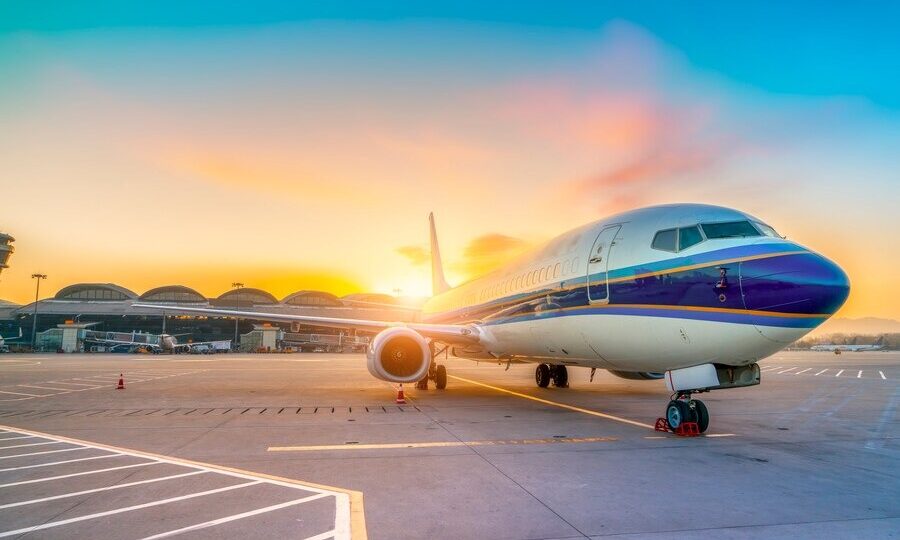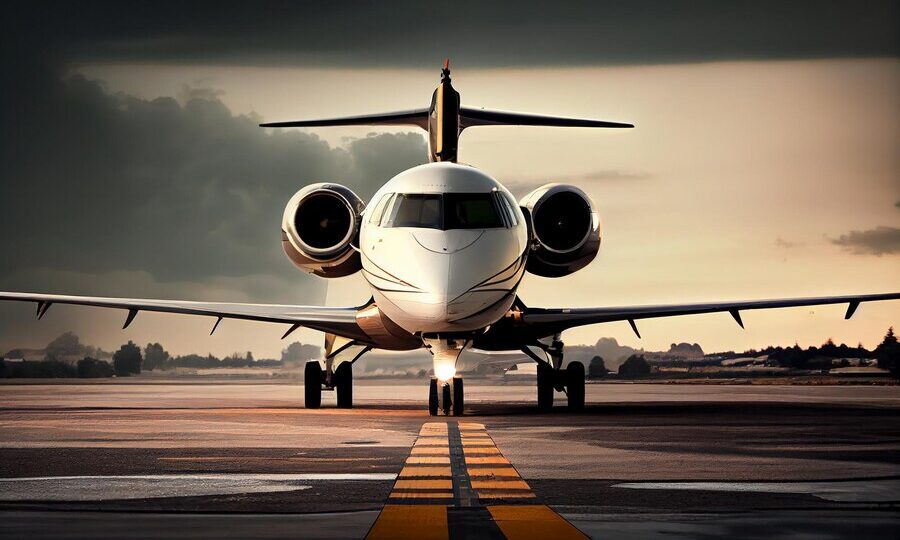The Role of Language Proficiency in Enhancing Tourism Careers
Introduction: In the vibrant and globalized tourism industry, language proficiency plays a crucial role in enhancing career prospects and success. At Avlon Shiksha Niketan, Best Rated Travel and Tourism Colleges in Kolkata are available where professionals equipped with multilingual skills can navigate diverse cultural landscapes, communicate effectively with international clients, and provide superior service, thereby significantly.




